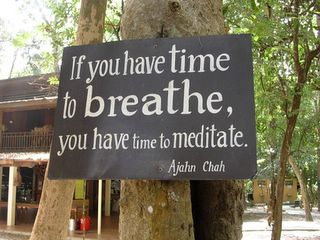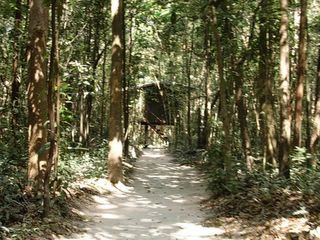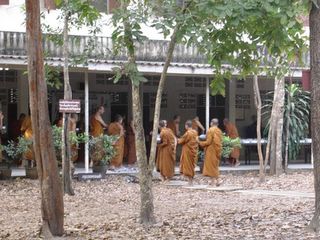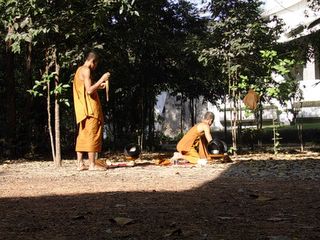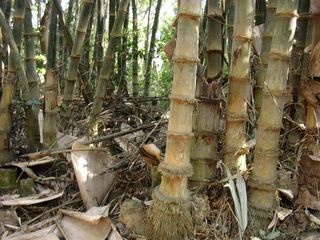[notes from Dhamma talks of Sayadaw Utanaka of Chyanmyay Yeiktha]
All beings suffer because they do not see the world as it really is. When there is pain, we feel it is unpleasant and unbearable. When there is a good sound, we find it wonderful and feel happy. When we see a person we dislike, we feel anger and hatred.
But all these emotions, sensations and thoughts are just that: they are physical and mental processes which come and go, come and go, continuously and never-endingly.
Since we attach to our feelings and sensations, we suffer. We are constantly caught in a web of liking and disliking whenever we interact with the world around us. There is no rest because the mind races from one place to another, jumps from a memory to a plan.
The ultimate liberation comes from Vipassana.
In being mindful of each and every process and state we experience in our mind and body, we can purify the mind of its impurities and defilements which cause us to suffer.
When we are not mindful, we come into contact with something (eg. A sound, a sight, a memory) and become caught up in the object. We become involved and cannot detach from it
We then get a reaction as a result of this involvement/attachment to the object, which causes an improper attitude toward the object to appear
Eg. Anger / love; craving / hatred; like / dislike
The reaction causes the mind to be unwholesome, because of our previous experiences and nature we come to see/hear/feel the object through tainted judgements.
We must not get involved, we must not judge, we must not feel either pleasant or unpleasant. We must be aware of the object as it really is, whenever we see, hear, touch, smell, taste and think— this is non-judging, non-reacting judgement.
Because we think there is a person, a self or a soul that exists, that person (the “I”) has desires and aversions.
When we see all objects with intuitive insight, then there is purity of the mind.
When we note physical and mental processes, we realise that they are fleeting, everchanging, unsatisfactory, not permanent, and most important of all, they do not belong to us. They simply appear and disappear, but do not linger on.





























